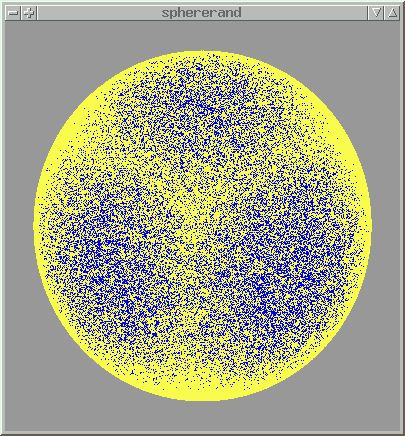

Thanks are also due to Kevin Price for letting me use his Amiga and helping me produce animations Offering their observations and suggestions. Gerald Farin for being on my thesis committee and I would also like toĪcknowledge and thank Dr. Guidance in the topic of this research, he has also been unfailing in helping me get the resourcesĪnd information I needed to complete both this research and this paper. Of this thesis, I would like to thank my committee chairman, Dr. In appreciation of the time, effort and patience extended to me in the pursuit

TheĤD raytracer also supports true four-dimensional lighting, reflections and refractions. Three-dimensional field of RGB values, which can be rendered with a variety of existing methods. Solves the hidden surface and shadowing problems of 4D objects, and yields an image in the form of a Methods employ true four-space viewing parameters and geometry. Research covers the visualization of four dimensional objects through wireframe methods withĮxtended visualization cues, and through raytracing methods. Have typically been visualized via wireframe methods, but this process alone is usually insufficientįor an intuitive understanding all but the most simple datasets easily overwhelm the viewer. Visualizing data that correspond to actual four-dimensional structures. While this paradigm applies to many different data sets, there are also uses for In the field of scientific visualization, the term “fourĭimensional visualization” usually refers to the process of rendering a three dimensional field
#Volume 4d sphere code

4.2: Description of 3D to 2D Projection.4.1: High-Level Overview of 4D to 2D Projection.Chapter 4: Wireframe Display of Four Dimensional Objects.Chapter 3: Overview of Visualization in Three and Four Space.2.1: Vector Operations and Points in Four-Dimensional Space.Master of Science Arizona State University “Surface Area of a Sphere.” Math Fun Facts.A Thesis Presented in Partial Fulfillment See also Volume of a Ball in N Dimensions. So, if I tell you the 4-dimensional “volume” of the 4-dimensional ball is (1/2)*Pi 2*R 4, what is 3-dimensional volume of its boundary? But the derivative is approximately the change in ball volume divided by (delta R), which is thus just (surface area of the sphere). The spherical shell's volume is thus approximately (surface area of the sphere)*(delta R). For the ball, a small change in radius produces a change in volume of the ball which is equal to the volume of a spherical shell of radius R and thickness (delta R). Let your students tell you those geometry formulas if they remember them. Similarly, the volume of a ball enclosed by a sphere of radius R is (4/3)*Pi*R 3.Īnd the formula for the surface area of a sphere of radius R is 4*Pi*R 2.Īnd, you can check that the latter is the derivative of the former with respect to R. The formula for the circumference of a circle of radius R is 2*Pi*R.Ī simple calculus check reveals that the latter is the derivative of the former with respect to R. The area of a disk enclosed by a circle of radius R is pi*R 2.


 0 kommentar(er)
0 kommentar(er)
